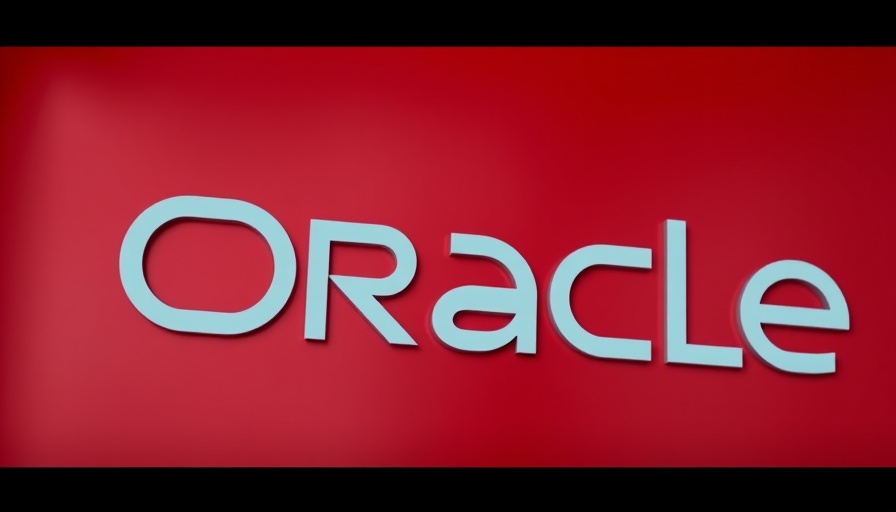
Understanding Employee Stock Ownership Plans (ESOPs)
Employee Stock Ownership Plans (ESOPs) have emerged as a prominent way to foster employee ownership and potentially improve alignment between employee and company interests. As business ownership becomes a rallying point for many stakeholders, the initial enthusiasm around ESOPs stems from their promise to redistribute wealth among employees, creating a more equitable corporate structure. However, it's essential for HR professionals and business leaders to examine the complexities that can arise with ESOP implementation.
Employee Engagement: A Double-Edged Sword
While research suggests that ESOPs can enhance productivity and employee motivation, there's growing concern regarding their effectiveness in practice. Employee ownership can indeed rally teams and create a sense of belonging, but it can also lead to complacency among employees if companies use ESOPs to shield themselves from accountability for management underperformance. Consequently, instead of inspiring increased involvement, ESOPs might inadvertently dampen employee motivation, particularly in environments where job security is tenuous.
The Risks: Financial Threats in Disguise
One of the most glaring risks associated with ESOPs is the potential for employees' retirement savings to be tied to the fate of a single company. Research has indicated that the concentration of risk can leave employees vulnerable, especially if their company faces market challenges or even failure. Particularly in startups—where ESOPs are prevalent—the likelihood of company failure remains alarmingly high. Here, ESOPs could act as golden handcuffs, tethering employees to an organization that may not be sustainable.
Technology Disruption: The Added Layer of Complexity
The current landscape of business technology introduces further nuances to the ESOP discussion. With trends like automation and AI-driven disruption, many companies are now facing challenges around workforce stability. Digital transformation pushes firms to adapt quickly or risk obsolescence, which can be detrimental to employee morale and motivation. HR professionals must grapple with these uncertain waters, balancing the security of employee ownership with the inherent instability that technological changes bring.
Alternative Models for Employee Ownership
Given the complexities and risks inherent in ESOPs, businesses should explore alternative models for fostering employee ownership. Creative solutions such as cooperatives or profit-sharing arrangements can provide similar benefits without the high concentration risks of traditional ESOPs. Engaging employees in broader ownership models can cultivate a more diverse investment landscape, ensuring that their financial futures are less precariously linked to the success or failure of their employer.
Policy Implications: A Call for Greater Scrutiny
As lawmakers continue to push for the adoption of employee ownership plans as a panacea for wealth inequality, it's critical to underscore the necessity of vigilance. Policymakers and corporate leaders alike must recognize that not all ESOPs yield positive results. Rather than a one-size-fits-all remedy, the adoption of ESOPs should be accompanied by deep considerations of corporate health, employee engagement, and the conditions under which they operate.
HR professionals are encouraged to conduct thorough analyses surrounding the implications of ESOPs, considering the workforce dynamics that come into play with these programs. Maintaining awareness regarding the pitfalls and leveraging strategies that genuinely enhance employee engagement will be invaluable for organizational success.
Ultimately, aligning ownership with employee motivation is a noble goal, but it cannot be approached with blind optimism. The complexity of corporate structures and market fluctuations means that artificial constructs like ESOPs will rarely be the sole answer. Successful organizations will rely on an array of strategies, including efficient workforce analytics and intelligent payroll management, to optimize employee engagement and satisfaction.
Taking action now to rethink how your organization approaches employee ownership could make all the difference. For those in HR and business leadership roles, a commitment to understanding and evolving these practices will foster a healthier workplace and ensure that employees genuinely benefit from their contributions.
 Add Row
Add Row  Add
Add 




Write A Comment